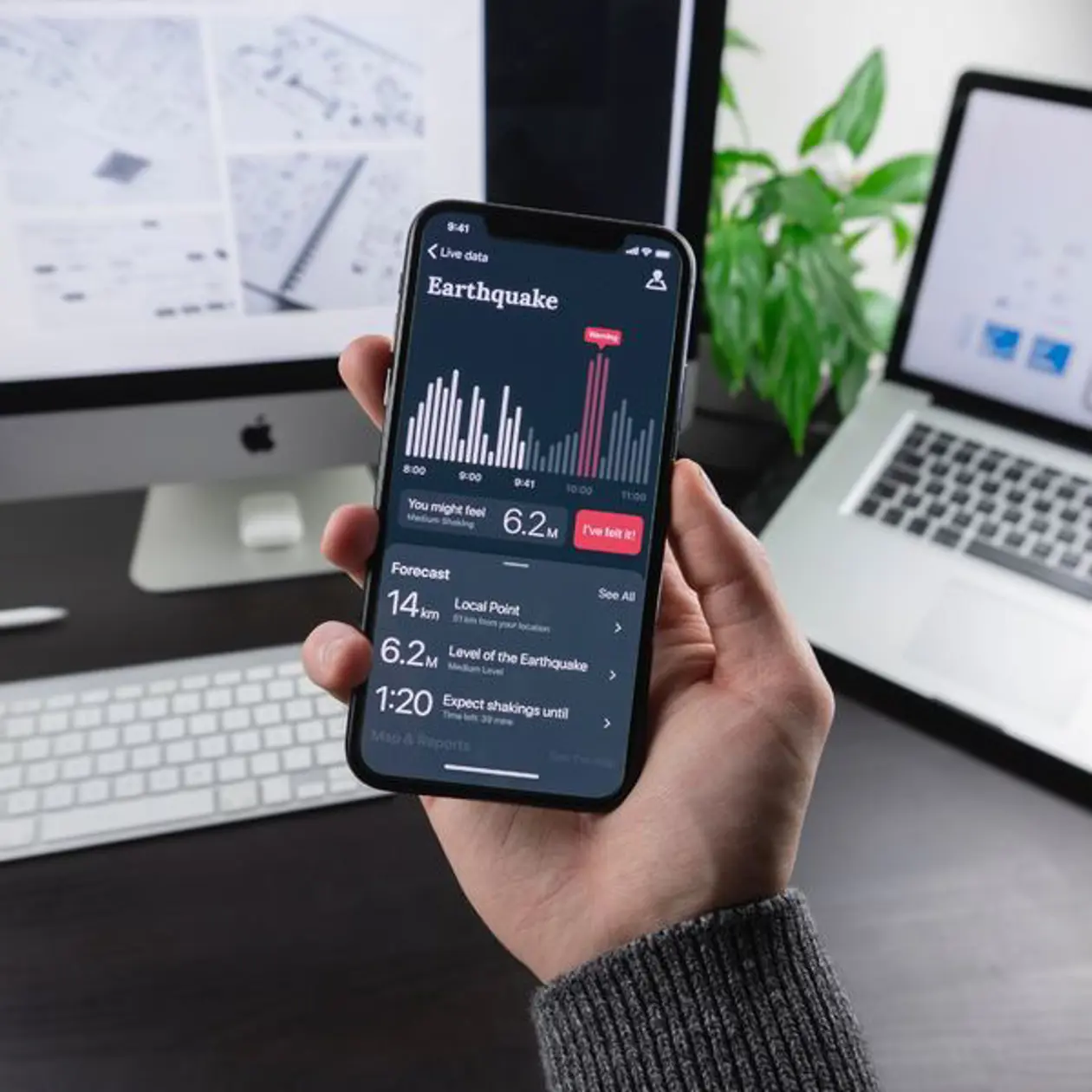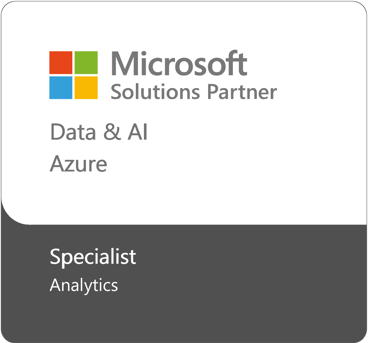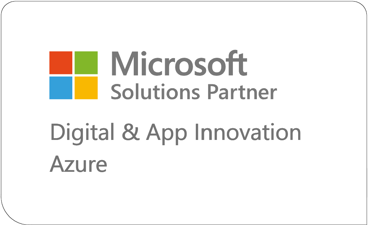Exploring Data Journalism with Microsoft Power BI
Microsoft recognises the struggle of journalists everywhere to find accurate, compelling information for their stories. To that end, it has launched the Global Data Journalism Program and has teamed up with Enlighten Designs to help.

"I think journalism gets measured by the quality of information it presents, not the drama or the pyrotechnics associated with us," said American investigative journalist Bob Woodward in an interview. If your story isn't built on solid data, people won't trust it, and then your reputation suffers.
That's exactly why Microsoft launched the Global Data Journalism Program, partnering with us at Enlighten Designs to help journalists harness the power of data storytelling.
What Makes Data Journalism Different?
Data journalism isn't entirely new. Journalists have always used information to support their stories. What's changed is the sheer volume of data available and how easily we can access it.
Take The Guardian's investigation into MPs' expenses. Using software to analyse thousands of documents, they uncovered unauthorised government spending worth thousands of pounds. This story was compelling and, at the same time, undeniable because the data behind it proved it.
Data journalism takes reporting back to its roots: telling the truth, backed by solid evidence.
Journalists Aren't Exactly Data Scientists
But here’s the problem: most journalists aren't trained as data scientists. Working with raw data is unwieldy and confusing. They need to cover breaking news, so they can’t afford to waste time sorting through papers and spreadsheets half the time.
And that’s where Microsoft Power BI makes a difference. This data visualisation tool combines and compiles information from hundreds of data sources from different news files and web services. With it, journalists can create the story they want, make it compelling, and most of all, incredibly accurate.
Thanks to the built-in visuals and community-created options, the stories they bring become easier to digest.
The Data Journalism Program
So from that possibility, Microsoft launched its Data Journalism Program, which provides journalists and media organisations with the tools and training they need. The team includes former journalists, data experts, and software developers. These are experts in their own fields who understand the unique challenges newsrooms face.
The program offered practical resources like:
-
A web portal with courses led by data visualisation expert Albert Cairo
-
Step-by-step tutorials you can complete at your own pace
-
A global online forum for questions and peer support
-
The Data Stories gallery for inspiration and collaboration
The Real-World Impact
When we first started working with Microsoft in 2017 to support data journalism initiatives, we also helped journalists with some hands-on experience. We led labs at Microsoft's Data Insight Summit on how to use Power BI, especially in its capacity to tell even more compelling stories.
Then, there’s also our work with the Associated Press (AP), which shows how this approach really works. We created an interactive map showing real-time voting results in Virginia, delivering information straight from ballot boxes to readers' screens. News organisations could customise the visualisation to show local audiences exactly how their communities voted.
This successful collaboration earned us Microsoft partner status, recognising our innovation, design experience, and data expertise.

But Why Does Power BI Work Well for Newsrooms?
Short answer: It solves journalism's data challenges in several key ways.
Long answer:
-
Speed Matters: The platform's AI provides automatic visualisations, helping journalists gain insights quickly for faster decision-making.
-
Accuracy Builds Trust: Power BI connects directly to data sources, ensuring visualisations contain the most current, accurate information available.
-
Accessibility Drives Engagement: Reports work on any device, so audiences can access your stories whether they're on mobile during their commute or desktop at work.
The Bottom Line
Data journalism won’t replace traditional reporting; instead, it’ll strengthen it. The examples we talked about here are proof of its capacity to help journalists tell stories Data journalism won’t replace traditional reporting; instead, it’ll strengthen it. The examples we talked about here are proof of its capacity to help journalists tell stories better. And in the coming years, there’s no doubt that the technology that makes it all possible will only get better.
Do you have a story that would benefit from data storytelling?
See how we can transform the way you tell your story for the better.



